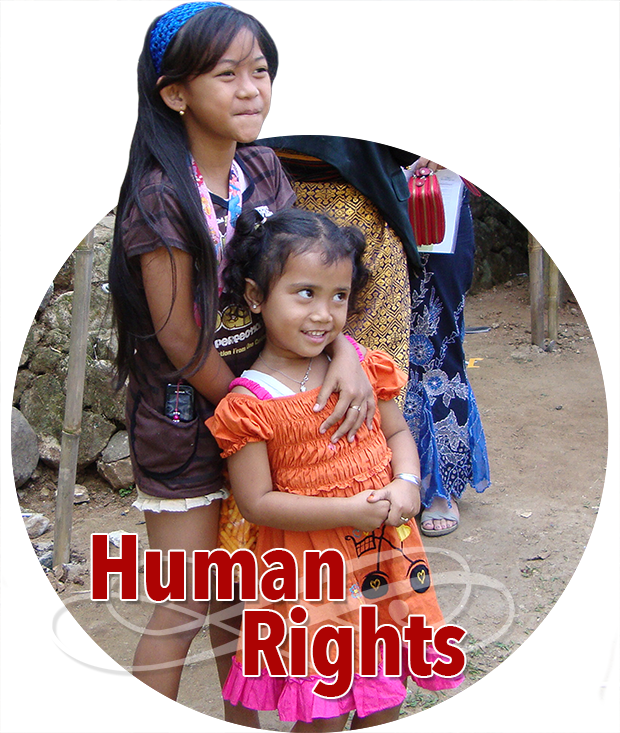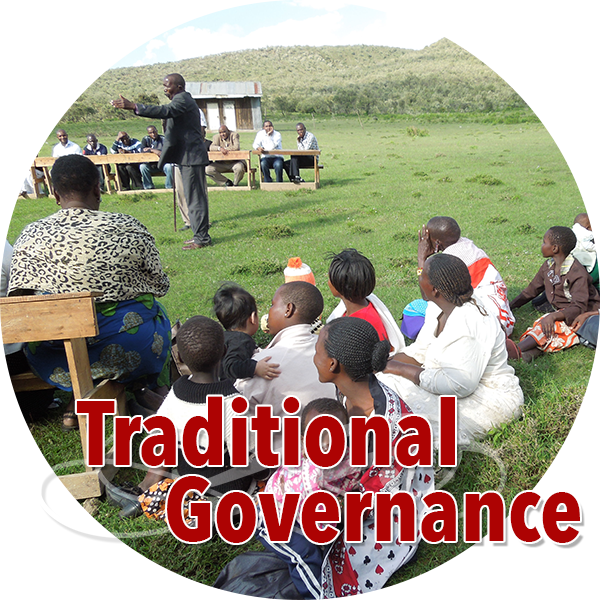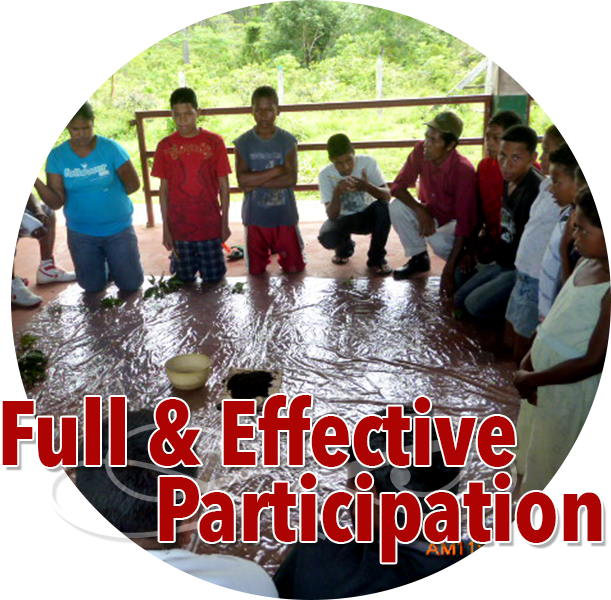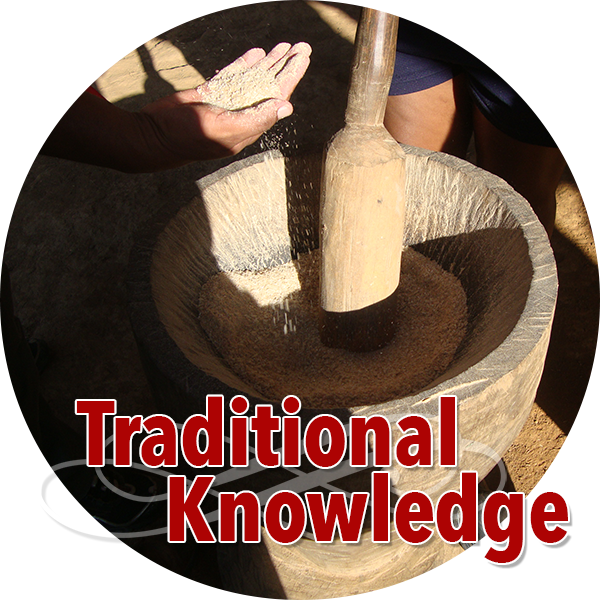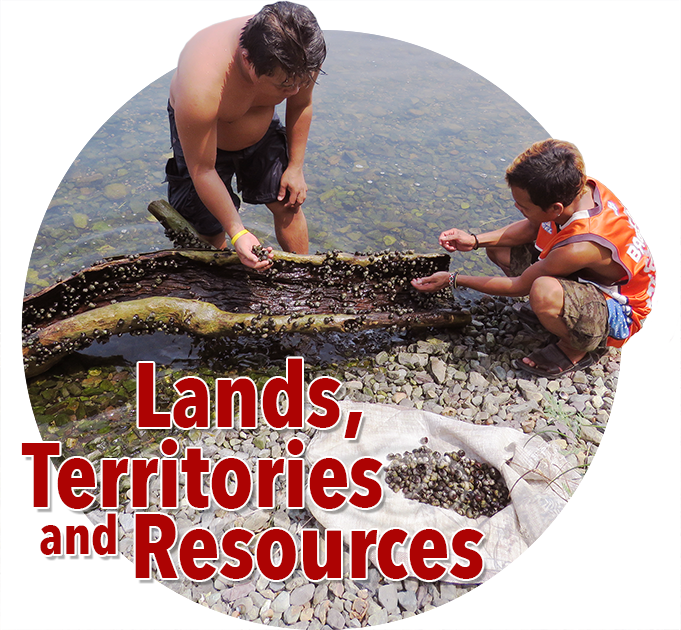CORE DOMAIN V: HUMAN RIGHTS
To reflect status and trends in the recognition, respect and promotion of IPs’ rights as citizens and as a special category of right-holders provided by a number of international human rights instruments, laws, protocols and conventions including the UNDRIP.
|
Baseline |
Indicator |
Tool |
|
EXISTING POLICIES
|
|
|
|
Conflicting policies and programmes) with respect to IPs’ rights (vs. customary law and practice) |
|
|
|
C) Access to Public Social Services Including Financial Resources:
|
|
|
|
a) Respect of HR within IP communities:
|
|
|
|
b) Access to Justice:
|
|
- Category: 5 Core Domains
CORE DOMAIN IV: TRADITIONAL GOVERNANCE
To reflect status and trends in the practice, adherence to traditional governance systems by IPs and its relation to contemporary institutions and governance practices.
|
Baseline |
Indicator |
Tool |
|
Increase or decrease:
|
Use a guide questionnaires and conduct FGD |
|
State laws/policies that are in conflict with the recognition, protection and promotion of IP and human rights
|
|
- Category: 5 Core Domains
CORE DOMAIN III: FULL AND EFFECTIVE PARTICIPATION
To reflect status and trends in indigenous people’s level of representation and participation in decision making processes, and especially in major decision making bodies.
|
Baseline |
Indicator |
Tools |
|
a) Mechanism for participation:
|
Rate of adopting customary decision-making processes (including customary FPIC processes) Increase or decrease in :
Percentage of people who have increased their capacity for decision-making and do advocacy work |
Use a guide questionnaires and conduct FGD |
|
b) Benefit sharing:
|
|
|
|
c) Access to comm./information
|
|
- Category: 5 Core Domains
CORE DOMAIN II: TRADITIONAL KNOWLEDGE
To reflect status and trends on the value of, innovations of, and the extent to which traditional knowledge is being utilized, recognized, respected and promoted
|
Baseline |
Indicator |
Tools |
|
a) Indigenous language(s):
|
|
Use a guide questionnaires and conduct FGD |
|
b) TK on Resources and territory management
|
|
|
|
c) Traditional Occupation:
|
|
|
|
d) Knowledge sharing/transfer:
|
|
Harvesting oral narratives, indigenous poems and songs still actively used as medium for knowledge transfer |
|
e) Cultural Practices:
|
Increase of decrease in:
|
Use a guide questionnaires and conduct FGD |
- Category: 5 Core Domains
CORE DOMAIN I: LAND TERRITORIES AND RESOURCES
To reflect IPs’ control over their customary land territories and resources, recognition of IPs’ land tenure rights by the state, business sector and others, also reflecting the historical context, and prevailing conflicts between customary and statutory control and ownership
|
BASELINE |
INDICATOR |
TOOLS |
|
Status and trends on Land Use and Land tenure
Historical account/data on LTR[1]/ forms of tenure under customary ownership
|
Increase or decrease in land areas:
|
Territory map showing different layers: scope of the territory; land areas according to customary land uses; land areas according to land tenural arrangement, and all other data that can be shown in maps Matrix showing :
Historical changes in territory brought about by major events (i.e disasters, land use conversion, change in tenure) be mapped, may use matrix and needs narrative on causes of changes, effects and impacts, no of IP’s affected Show in map:
|
|
In relation to forest and water:
WATER
|
Increase or decrease in
|
Map data and location of forest and water resources
|
|
Biodiversity
|
List of flora and fauna of different, uses and assessment on trends from historical information’s [assessment can be qualitative increasing, decreasing, threatened since when?
|
Use of seasonal/bio-cultural calendars |
[1] LTR- land, territories and resources
- Category: 5 Core Domains

